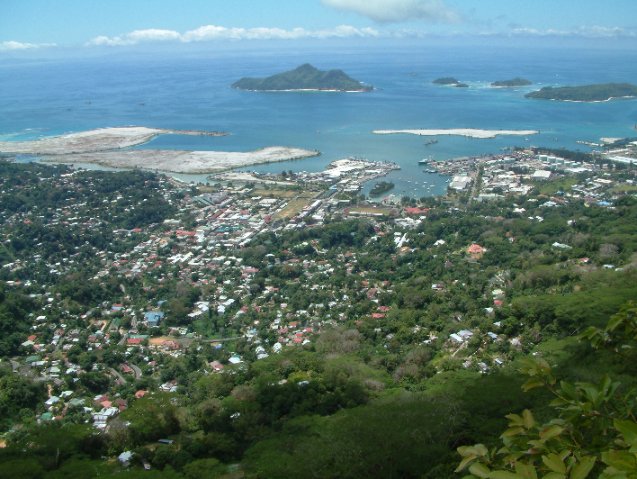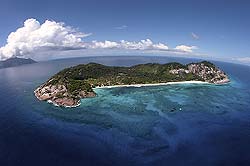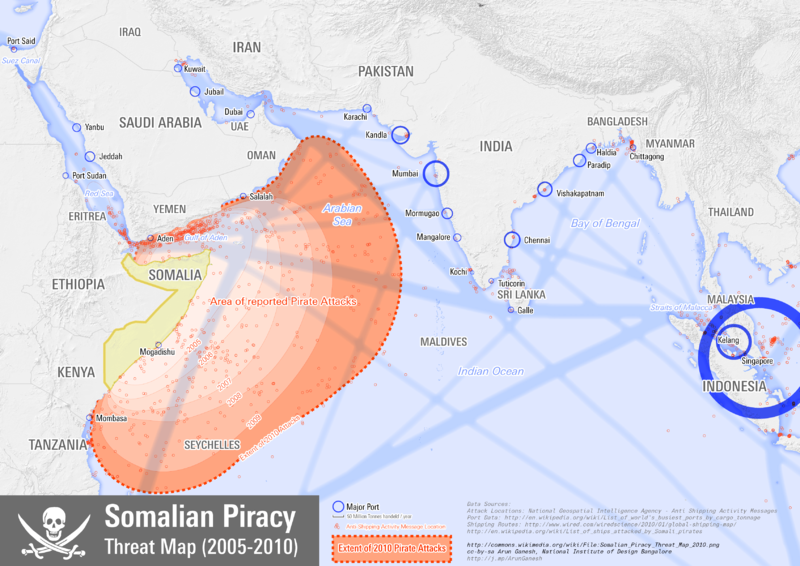The famous private island destination off the coast of Africa is hoping to combat security concerns with a strategic partnership with China, while allowing the superpower to extend its sphere of influence.
Few countries are as closely associated with luxurious private islands as the Indian Ocean nation of the Seychelles, a chain of 155 islands found to the north of Madagascar and more than 900 miles from continental Africa. After all, dozens of high-end resorts dot its small tropical islands, and it was here, in May of 2011, that the newlywed Duke and Duchess of Cambridge had their honeymoon on North Island, generating an enormous amount of publicity. Of course, the country had countless celebrity visitors before the royal couple, all attracted by its incomparable beauty – and most importantly, privacy.
Privacy is, perhaps, the Seychelles’ key commodity. The country’s isolation offers many advantages; a relatively pristine environment giving rise to ecotourism, few paparazzi concerns for wealthy and famous individuals, and refuge from the economic and civil problems besetting is mainland neighbours. In recent years, however, the country’s secluded location has presented dangers to its tourism-based economy, as an ancient problem has reared its head: piracy. West across the Indian Ocean, one of the closest countries to the Seychelles is Somalia, and its thriving industry of seafaring criminals.
Regarded for many years as a safe tourism destination, the Seychelles was stunned in April of 2009 when a group of Somali pirates captured the commercial tour yacht Serenity, which was travelling from the country’s far islands south to Madagascar. Seven hostages, all Seychellois, were taken captive and brought to Somalia. Eventually, the yacht was sunk by the pirates, and months later, the men were released. However, this was only the beginning of a hijacking campaign that in ensuing months would hit numerous other craft near the Seychelles, including a small cruise ship, a scientific research vessel, and several more yachts. In 2009, total ransoms paid to Somali pirates exceeded US $50 million, according to unofficial figures.
Now, at the end of 2011, piracy in the waters of the Seychelles has become an entrenched problem, rather than a frightening novelty. Heightened security off the coast of Africa has driven the pirates to more remote waters, and the prospect of wealthy tourists has made the Seychelles a prime target. Former President of the Seychelles, James Mancham, has since 2010 travelled extensively warning about the dangers of piracy, giving lectures both within the country and across the globe at conferences in places like New York. The current president, James Michel, has lobbied a variety of countries for assistance, including Spain, India, and the United States.
In 2010, India sent naval vessels to deter and offer quick responses to attacks, and has been a crucial ally. Spain, whose own fishing trawlers in the Indian Ocean have been targeted, also signed a mutual defense agreement with the Seychelles. The United States, for its part, sent unmanned Reaper drones to help with monitoring the waters for potential dangers, one of which recently crashed at the airport on the island of Mahé. Piracy, however, has continued to be a problem, as President Michel reaffirmed in early December with a letter to world leaders asking for more assistance, citing a 4% drop in the country’s GDP from piracy impacts like skyrocketing shipping costs and reduced maritime tourism.
Now, another major player has stepped in with offers of help – China. The superpower has a vested interest in combatting piracy; it makes heavy shipping use of the Straits of Malacca, a frequent pirate target that divides the Indian and Pacific oceans. The proposed plan from China’s Ministry of Defence, not yet finalized, is for China to maintain a port of call at Mahé‘s city of Victoria, the capital of the Seychelles. American and other Western allied military vessels already dock here, bringing a side benefit for the country – the prospect of sailors on leave, ready to spend their hard-earned wages.
However, China’s aggression in staking its claim to the contested South China Sea has some geopolitical thinkers concerned that other countries, like India and the United States, would regard any incursion by China into the Indian Ocean as an attempt at dominance, rather than mere security. While increased maritime security in the region would benefit China’s interests regardless, their potential establishment of a port is seen by some political analysts as the latest addition to the country’s “string of pearls” strategy: essentially, to attain oceanic supremacy by securing a series of ports along the African coast and throughout the Indian Ocean.
Whatever the concerns of other nations, the impact of piracy on the Seychelles will continue to be severe, unless further help is received. The government has long held the stance that it is still a safe place for tourists, and that piracy is only a danger in the remote outreaches of the country, but this may not hold true for long. Piracy is a public relations nightmare, even if there is not yet an impact on travellers to the country’s island resorts, and President Michel has already warned that pirates are now better armed and “resorting to more desperate measures”. For this besieged country, the geopolitical concerns of powerful countries are, out of necessity, outweighed by a fight for its survival.
Read more about China’s proposal for the Seychelles: Business Standard





